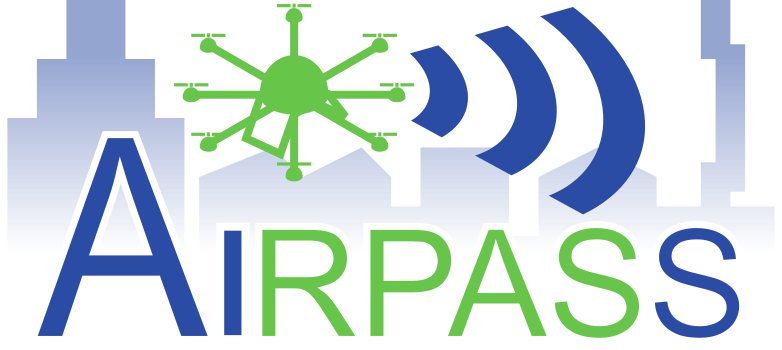In short
|
|
|
|---|---|
|
PROJECT ID
|
AIRPASS |
|
PROJECT DURATION
|
2017-11-01 > 2019-10-31 |
|
PROJECT TYPE
|
Exploratory research |
|
TOTAL COST
|
1 264 973,75 |
|
EU CONTR.
|
986 223,75 |
|
STATUS
|
R&D completed |
Identifying on-board technology necessary for drones to share the airspace

Drones of all shapes and sizes will provide services in the future, ranging from small medical deliveries, inspection services, and package deliveries, to larger urban taxis and remotely operated systems. To interact safely with all other airspace users and services, AIRPASS partners defined a high-level architecture for the onboard equipment they need to carry. This architecture considers communications, CNS systems, as well as technology specific to drone operations such as autopilot and detect and avoid systems.
AIRPASS carried out an analysis of available on-board technologies and identified gaps between these systems and technologies necessary to operate drones. The project matched every U-space service to the main avionics components of a drone; specifically ommunications, navigation, automated flight control and databases. This was used to compile over 60 basic requirements for an on-board system concept for drones in a U-space environment.
The research enabled the partners to develop different subsystems relating to specific activities and define a general functional architecture, which can be applied to different missions. Among key technologies, the project addressed pretactical, tactical, and dynamic geo-fencing; tactical deconfliction; e-identification in communications systems; emergency management; and tracking and monitoring. Due to the variety of drone types and airspaces, AIRPASS defined a general functional architecture which can be applied to multiple applications and which has no implications for hardware. These findings are now being used by standardisation groups to develop a standardised on-board architecture available for use by every drone using U-space services.
In summary, the AIRPASS functional architecture supports the development of U2 services in simple environments and paves the way for the integration of every
drone into U-space. The project identified some gaps in currently available on-board technologies, especially when it comes to scalability and operations in high drone densities, underlining the importance of the quality of U-space services and CNS capabilities. Certification will be a critical part of implementing U2 services,
especially for the all-important BVLOS, which is expected to become the standard way of flying in U-space.
Consortium
The German Aerospace Center (DLR)
Israel Aerospace Industries (IAI)
The Netherlands Aerospace Centre (NLR)
Parthenope University of Naples
Saab Group
The TU Braunschweig
The Central Aerohydrodynamic Institute
Avular
This project has received funding from the SESAR Joint Undertaking under the European Union's Horizon 2020 research and innovation programme under grant agreement No 763658

